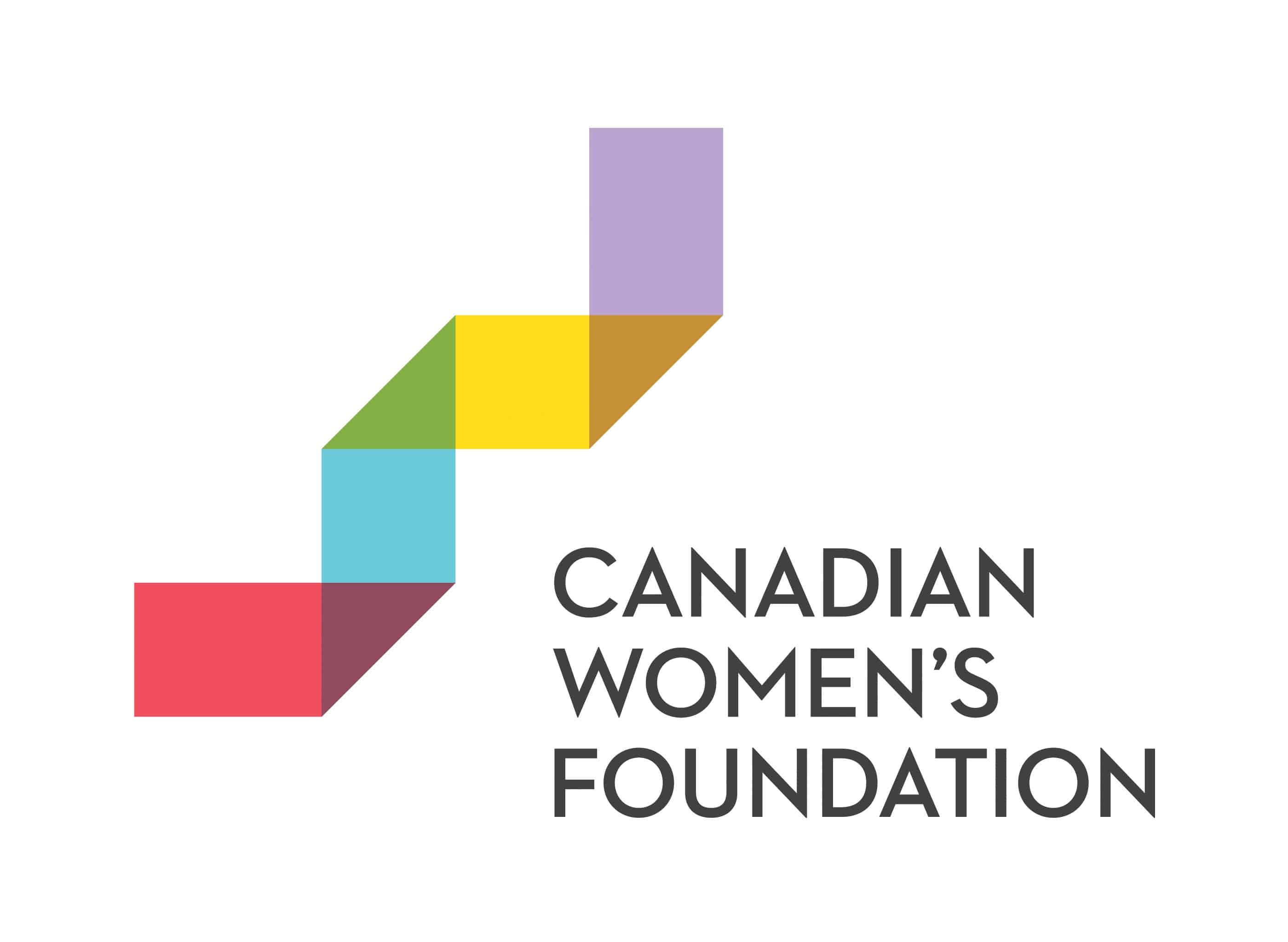Young Feminist Blogging Carnival Wins the 2016 Michele Landsberg Community Award!
 When Somaya Amiri thinks of role models, she thinks of her mom.
When Somaya Amiri thinks of role models, she thinks of her mom.
“I picked up all her habits, whether it’s the way she talks, or the way she tucks her hair behind her ears. I learned how to strive and fight for life like her.”
The McGill University student, who is originally from Afghanistan, credits her mother with being the most influential person in her life. But, in her blog post Learning to Love Myself, she also reflects on how social expectations can make it difficult for mothers to model self-love.

 Can you think of the last time you were body shamed?
Can you think of the last time you were body shamed? If we want to reduce sexual assault and dating violence among teens, it’s crucial to discuss why most victims are women and girls without creating gender divisions. Teen healthy relationship programs offer young people of all genders a safe space to discuss stereotypes, gender inequality, and the roots of violence.
If we want to reduce sexual assault and dating violence among teens, it’s crucial to discuss why most victims are women and girls without creating gender divisions. Teen healthy relationship programs offer young people of all genders a safe space to discuss stereotypes, gender inequality, and the roots of violence. For some
For some 

